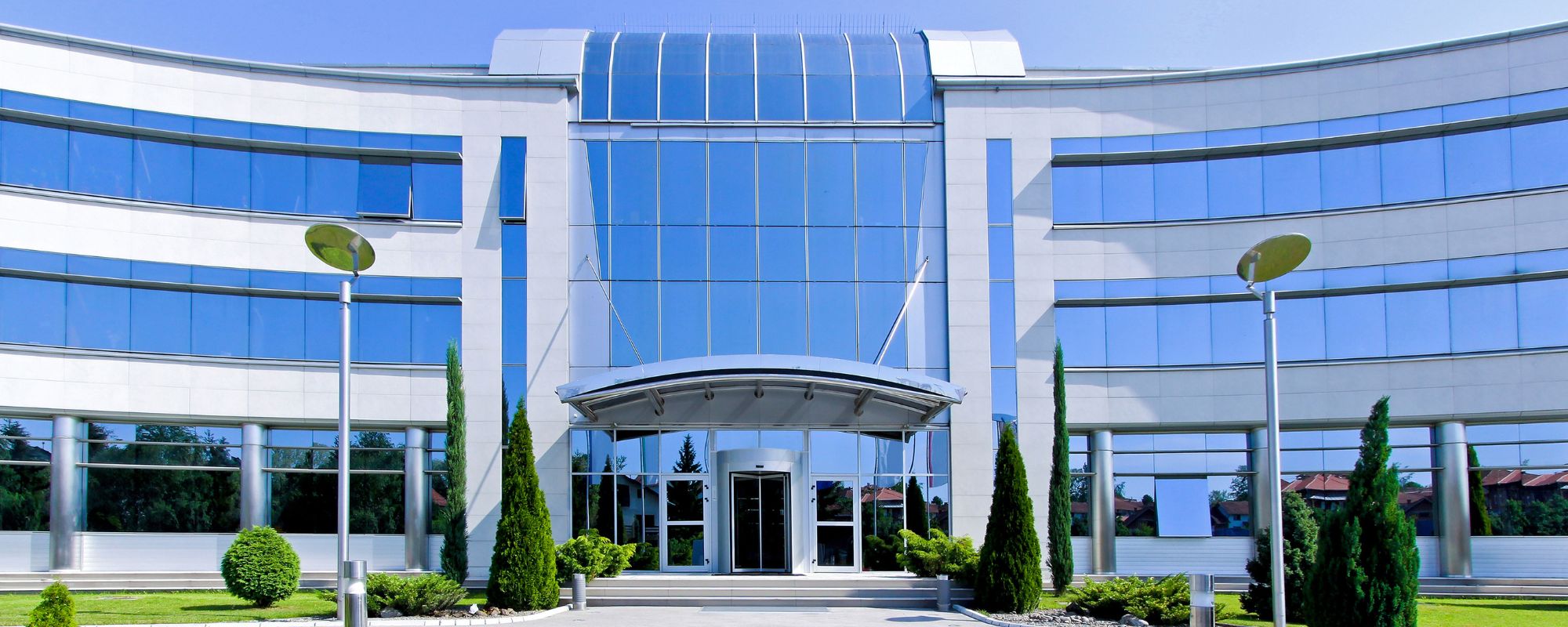A closer look at how smart buildings have evolved through the decades, particularly in the commercial real estate industry
The vast majority of us are now familiar with smart technology, at least through simple experiences such as using a smart phone on a daily basis. However, the technology behind smart buildings is no stranger to the commercial real estate industry, which saw the introduction and evolution of this new type of building, from the year 2000. Smart buildings provide positive and realistic, user-friendly solutions to solve a variety of issues faced in the real and real estate world.
So what exactly are smart buildings, and what can be learn by studying how smart buildings have evolved over the past few decades?
What are smart buildings?
A smart building uses technology to make its operations more efficient and sustainable by reducing costs, energy and waste. By using existing technologies integrated with evolving means of digitising systems through areas such as Internet of Things (IoT) sensors, artificial intelligence (AI), augmented reality (AR), improved building management systems and more, the operations of the building have become more streamlined and automated, while also becoming safer and more comfortable for occupants.
A smart building will ensure that less energy is used, and less waste is produced, while dispensing fewer to no emissions into the atmosphere – all making it more sustainable and more environmentally-friendly. At the same time, internal environments are enhanced for those occupying the spaces, with air quality monitored to ensure that the air is safe and healthy. It also means that operations and maintenance workflows are carried out according to stipulated environmental and sustainability guidelines, and that areas such as energy consumption are reduced through more optimised uses of systems such as lighting, heating, air conditioning and workplace management systems.
Smart buildings – where it all began
The term ‘smart buildings’ began back in the 2000s, with the use of digital means of working, cloud computing and the Internet becoming more popular and mainstream. People were also taking more notice of and becoming more conscious about the negative impacts on the environment due to human action, especially through construction and urban development. So more people, especially in the commercial real estate industry, started taking notice of changes that could be made, including smart technology and smart buildings, which could significantly reduce a building’s carbon footprint, while also enhancing productivity and reducing overall operational costs.
Utlising smart technology in commercial real estate
Many of the areas that stakeholders saw in transforming the buildings into smart ones, included not only benefits for the building’s operations and the positive impact on the environment, but also in the performance and productivity of occupants and operational staff in the buildings themselves. Areas such as the below, allowed for people to carry out their daily duties more efficiently, and with less manual effort, while also reducing unnecessary steps in workflows, as many systems and ways of working had become digitised. Smart buildings, both then, now and in the future, help owners, operators and occupants to carry out operations more efficiently through areas that include:
- Automation of systems and workflows
- Integration with different building systems and platforms
- Space optimisation
- Preventative maintenance
- Increased productivity
- Reduced energy consumption
- Reduced operating costs
The shift towards smart buildings in the global market – forecast through 2030
A lot has changed in smart technology since the year 2000 and the discovery of wireless communication. Over the last two decades, this has evolved into more exciting technologies and trends, especially for the commercial real estate market, with features such as cloud computing, the Internet of Things (IoT), data mining, cyber security awareness and protection, hardware and software analytics, utility meter monitoring and reporting, and much, much more.
With the ever-increasing spotlight on climate change and sustainability goals, there has been a significant shift towards smart buildings in the commercial real estate industry. An increasing number of countries are also working towards achieving net zero carbon targets, reducing their impact on the environment, reducing their dependency on fossil fuel-based energy and increasing energy efficiency.
Many governments have also taken a stand to implement more energy-efficient systems for lighting, security and surveillance technologies, by using devices and sensors that also contribute to enhanced ventilation and sanitation management. They have taken into consideration the evolving research findings and have listened to the increasing demands for such solutions from building owners and occupants alike, not to mention the general public who are also more interested in practicing sustainable ways of living.
Smart buildings – commercial real estate leads the way
According to recent studies, when it comes to smart buildings, the commercial segment looks to lead the market into the year 2030. There are several reasons for this in addition to the areas already mentioned above. The growth of the segment can be attributed to reducing a building’s energy consumption without hindering the comfort and safety of occupants, while also improving the energy performance of the building. New technologies and sources of energy management are also being sought due to the increasing costs of energy and the detrimental effects of carbon emissions and pollution on the environment.
When considering global regions that have implemented and have a growing number of smart buildings, the top five regions include North America, Latin America, Europe, Asia-Pacific, and the Middle East and Africa. North America has seen a significant growth in smart buildings due to the use of smart solutions that include IoT, cloud computing, data analytics, deep learning and AI.
The rest of the world is also in the running and can catch up, as long as the idea of smart technology and smart buildings are embraced and encouraged through decision makers who see its importance and vital need to move into the next decade and beyond. Many have already started on the journey and have made progress for both the environment and the people who set up and occupy these buildings. The future looks bright as we move further into this decade, and if the work continues to realise the importance of transforming existing buildings into smart ones, and building smart ones in the first place, then we’re looking at getting closer to our collective goals of creating a more sustainable world.
The solutions required to shift towards smarter buildings, cities and workplaces are already out in the market, such as in the Spaceworx Composable Marketplace. To learn more about the easy-to-use and cost-effective solutions on offer, visit spaceworx.com or email sales@spaceworx.com to request more details.






